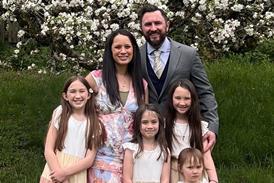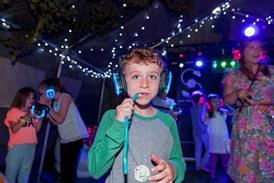5 ways to help children respond with kindness and faith when the world doesn’t make sense

Last week, we went to see the Liverpool parade. The sun was out, the atmosphere electric, and spirits were high. As a family, we navigated the usual big-crowd quirks: people pushing in, kids on shoulders blocking views, random traders weaving through the chaos selling knock-off scarves and super loud horns. It sparked some good conversations about patience (we were waiting for seven hours!), and about kindness, as we encouraged the children to make room for people who couldn’t see, invited the smallest to go to the front, and choose to be considerate even when it felt like no one else was.
When we saw the open-top bus, the crowd went wild. We waved, we sang anthems, we cheered. At one surreal point, my husband even caught both Nunez’s attention and his cap, which he flung in his direction. The moment he placed that cap on his head, you would have thought he’d won the league. It felt like the perfect end to an incredible day, collectively shared with thousands.
Then, stuck in traffic on the way home, the news broke. A car had driven into the crowd. Roads shut. Panic. No clear answers. Just fragments and speculation.
The mood changed instantly. The kids asked the obvious questions: “Why would someone do that?” “Was it on purpose?” “Was it a terrorist?” Like most parents, I found myself scrambling for a response that was both honest and calm – the kind of answer that doesn’t fuel fear or offer empty platitudes.
The truth is, we didn’t (and still don’t) know why it happened. And in that moment, I realised something important: we have to teach our children how to live in the tension of not knowing.
Want to read more? Register FREE or SIGN IN now!

To read this article, and 1000s more reviews, advice, ideas and support for parenting in faith, REGISTER FREE now
PLUS we’ll send a weekly email newsletter so you don’t miss anything.
If you are already registered, a NexGen subscriber, or registered with another Premier brand, simply SIGN IN with your existing login details.






























